Health
The girl who can’t smile: How a rare disorder became a young woman's ‘greatest gift’
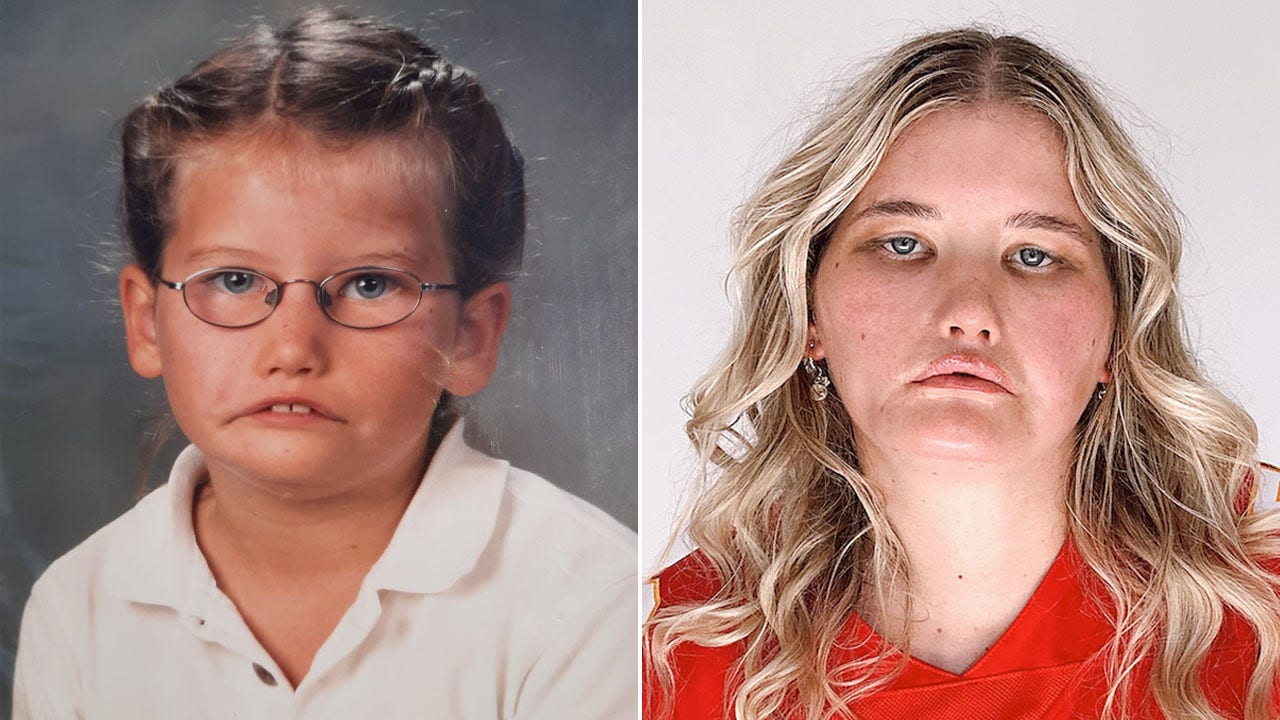
Tayla Clement, 26, was born with a rare disorder that has made it impossible for her to smile — but she says she is grateful for it.
Born and raised in New Zealand, Clement has Moebius syndrome, a neurological disease that affects one child out of every 50,000 to 500,000 born, research shows.
Moebius occurs when a baby’s facial nerves are underdeveloped. The primary effects are facial paralysis and inhibited eye movement, but the condition can also cause difficulty with speech, swallowing and chewing, according to Johns Hopkins.
RARE CONDITION CAUSED PATIENT TO SEE ‘DEMONIC’ FACES, SAYS STUDY ON ‘VISUAL DISORDER’
“The syndrome affects my sixth and seventh cranial nerve, so it’s essentially like facial paralysis,” Clement told Fox News Digital in an interview.
It also means Clement can’t move her eyebrows or upper lip — and can’t shift her eyes from side to side.
Tayla Clement, born and raised in New Zealand, has Moebius syndrome, a neurological disease that affects one child out of every 50,000 to 500,000. (Tayla Clement)
Dr. Juliann Paolicchi, a pediatric neurologist and the director of pediatric epilepsy at Staten Island University Hospital in New York, has treated several babies with Moebius syndrome. (He was not involved in Clement’s care.)
“Infants born with the syndrome may have a lopsided face, may not be able to form a smile, and may have feeding problems early in life,” he told Fox News Digital.
NEW JERSEY TWINS RECEIVE MATCHING HEART SURGERIES AFTER MARFAN SYNDROME DIAGNOSIS: ‘A BETTER LIFE’
They can also experience orthopedic anomalies, such as abnormal development of the fingers and feet.
“Other parts of the face and eyes may be affected, such as a small jaw, cleft palate and smaller-sized eyes,” Paolicchi added.

Growing up without the ability to smile brought plenty of challenges for Clement, who said she was bullied for years — “for as long as I can remember,” she told Fox News Digital. (Tayla Clement)
While children with Moebius syndrome do not have problems with intellectual development, social situations can be a challenge due to a decreased ability to demonstrate emotions with the face, Paolicchi said.
“They are often mistaken as being sad or overly serious, when they are simply just not able to smile,” he said.
‘Quite isolating’
Growing up without the ability to smile brought plenty of challenges for Clement, she said.
She was born in 1997, before the advent of social media, so she wasn’t able to connect with others facing the same challenge.
“With the syndrome being super rare and also coming from a small country, it was quite isolating,” she said.
“As an 11-year-old girl, I thought, if I could just smile, I would have friends and wouldn’t get bullied anymore.”
Clement said she was bullied for years, “for as long as I can remember.”
“It started off as verbal bullying — being told that I was ugly or worthless, or being isolated and not having any friends.”
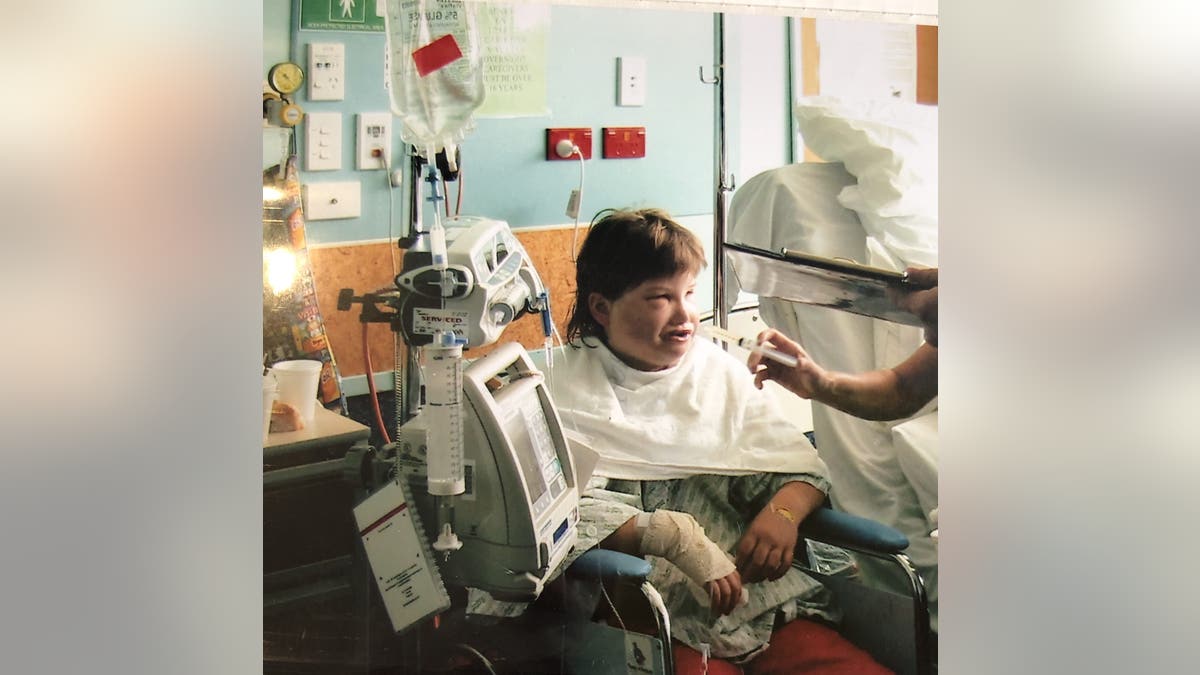
Clement is pictured at 11 years old after undergoing facial surgery, which was ultimately unsuccessful. (Tayla Clement)
Things got worse when Clement was 11, after she had a major operation in an attempt to correct her inability to smile.
During the “invasive” nine-hour surgery, doctors took tissue from her right thigh and inserted it internally into the corners of her mouth and into her temples.
“The idea was that when I would clench down on my jaw, the tissue that was planted would pull the corners of my mouth up to mimic a normal smile,” she recalled to Fox News Digital.
OHIO BOY, 8, PREPARES FOR BLINDNESS: ‘IT’S HEARTBREAKING,’ HIS MOM SAYS
Paolicchi confirmed that corrective surgery is sometimes performed on babies and children with Moebius syndrome.
“This is a complicated and specialized procedure.”
“The procedure, called the ‘smile’ surgery, helps not only appearance, but the ability to smile and to be able to pronounce words more clearly,” he said.
“This procedure does involve transferring portions of the person’s own muscle to the face and connecting it to the working nerves of the face. This is a complicated and specialized procedure and should only be performed by surgeons skilled in the procedure.”
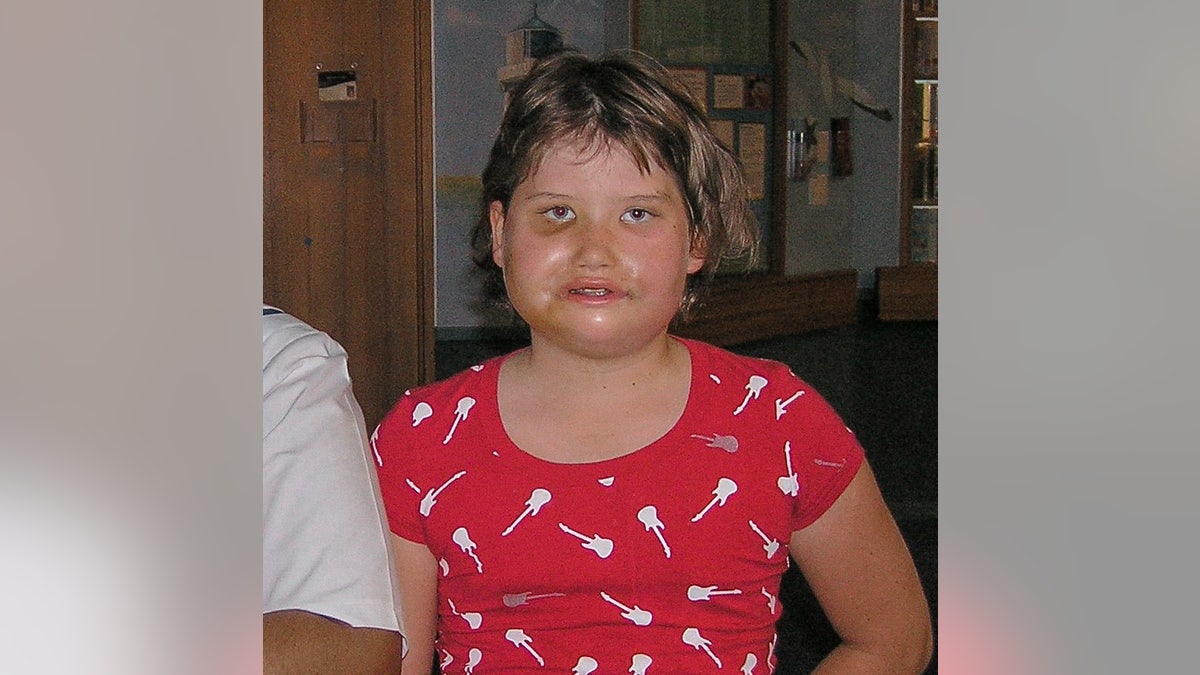
Clement is pictured soon after receiving major surgery at 11 years old. “The procedure, called the ‘smile’ surgery, helps not only appearance, but the ability to smile and to be able to pronounce words more clearly,” a doctor said. (Tayla Clement)
The surgery does come with risks. Clement noted that there was a “very fine line” between tightening the area too much — which would leave her with a permanent smile — and leaving it too loose and not seeing any results at all.
“As an 11-year-old girl, I thought, if I could just smile, I would have friends and wouldn’t get bullied anymore. So I jumped at the opportunity,” she said.
“I just chose to believe in myself — and that I was destined for something bigger.”
The surgery was unsuccessful — leaving Clement scarred and “completely broken,” she said.
“It was such a horrible time for me,” she said. “But looking back on it now, I couldn’t be more grateful for the surgery being unsuccessful. I think it was all supposed to happen that way.”
Reaching a breaking point
After the operation, the bullying got worse. In addition to calling Clement names, students pushed her into lockers, ripped off her backpack and threw her items on the floor, she said.
“That came with a lot of mental health challenges,” she said. “For much of my childhood, I was quite depressed and anxious.”
While Clement’s family provided her with plenty of love and support — “they’re the reason why I’m still here,” she said — they didn’t know how bad things really were.
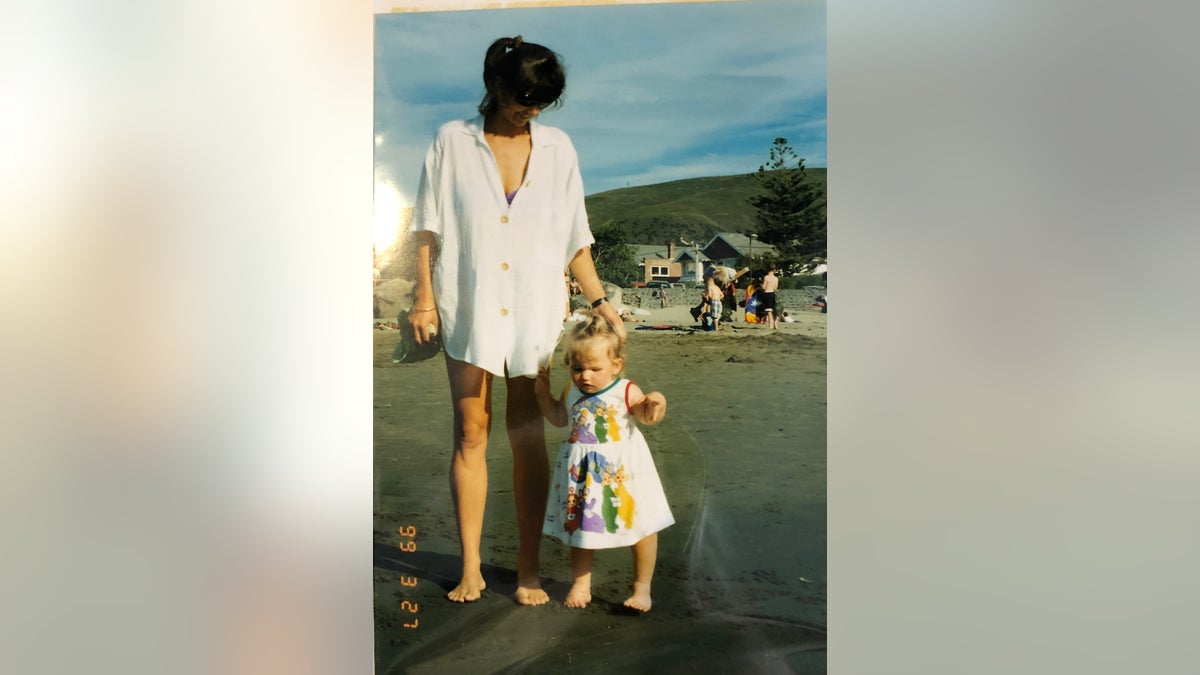
While Clement’s family provided her with plenty of love and support — “they’re the reason why I’m still here,” she said — they didn’t know how bad things really were. Clement is pictured here with her mother. (Tayla Clement)
“When I was younger, I never told my parents about what I was going through with the bullying,” Clement said.
“There are still some things that I probably won’t ever tell them about, because I don’t want them to feel sad or upset,” she went on. “I know they would feel like they could have done something, but there’s nothing they could have done.”
In 2015, during her senior year of high school, Clement began collapsing and experiencing seizures.

During her senior year of high school, Clement began collapsing and experiencing seizures. The next year, she was diagnosed with extreme clinical depression and anxiety, along with post-traumatic stress disorder. (Tayla Clement)
The next year, at 18, she was diagnosed with extreme clinical depression and anxiety, along with post-traumatic stress disorder, she said.
“Because I had been through so much stress and trauma, my brain was kind of shutting down,” she said. “The seizures were like a physical form of how much I was struggling internally.”
OHIO MOTHER HOPES FOR A CURE TO SAVE HER SON, 8, FROM RARE, FATAL DISEASE: ‘GUT-WRENCHING’
At the time, doctors and specialists told Clement that she would have seizures for the rest of her life, and that she’d always be dependent on other people.
But she was determined to prove them wrong.
Intensive therapy played a big part in her recovery, she said.
After her diagnosis, Clement underwent intensive therapy, which she said played a big part in her recovery.
She found herself at a “crossroads,” she said, where she had to choose between working on her mental and physical health and putting herself into a better space, or continuing to feel “unhappy and miserable.”
Clement chose the first path — although it wasn’t easy.
“There were days when I just wanted to give up. I didn’t want to do life anymore because it was so hard,” she said.
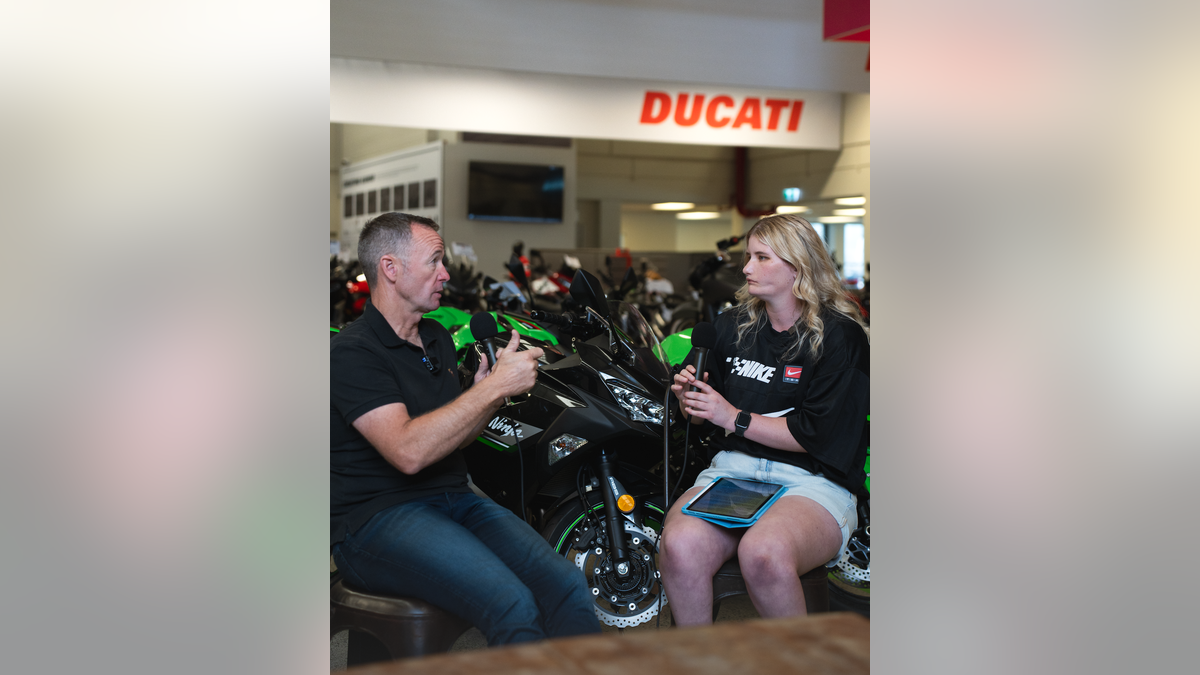
In her role as a sports content creator and host, Clement has leveraged her love of rugby into a “new lease on life — a real purpose,” she said.
“I learned quite quickly that the only person who can truly help you is yourself.”
Clement “worked tirelessly,” continuing with therapy, reading many self-help books and adopting healthy daily routines.
“I just chose to believe in myself — and that I was destined for something bigger,” she said.
Saved by a new passion
As it turned out, the “something bigger” was a new career in sports.
Clement had always been a big sports fan — with a particular love of rugby, which is very popular in New Zealand.
In March 2023, she started creating social media content around rugby and motorsports. The Chiefs, a professional rugby union team in New Zealand, gave Clement her first opportunity.

Since entering the rugby scene, Clement has worked to “bring inclusion” into the sport, with a goal of “inspiring, empowering and advocating for positive change.” (Tayla Clement)
This year, Clement interviewed players from four of the Super Rugby Pacific teams, including some of the best players in the world, such as two-time World Rugby Player of the Year Beauden Barrett.
In her role as a sports content creator and host, Clement said she’s leveraged her love of rugby into a “new lease on life — a real purpose.”
Since entering the rugby scene, she has worked to “bring inclusion” into the sport, with a goal of “inspiring, empowering and advocating for positive change.”
PENNSYLVANIA PARENTS HONOR THEIR DAUGHTER WHO DIED OF A RARE GENETIC DISEASE: ‘SWEETEST GIRL IN THE WORLD’
Clement is also aiming, she said, to help other sports organizations incorporate more inclusion into their teams.
“I’ve known from a young age that I’m meant to help people,” Clement told Fox News Digital. “Using my story and my voice to advocate for others and make the sports arena more inclusive makes me so happy. And I’m just getting started.”
‘Grateful for all of it’
It has been three years since Clement experienced a collapse or seizure, she told Fox News Digital.
“I’m living a life I truly never could have dreamed of,” she said. “I’m doing a job that I absolutely love, and I just did not think this level of happiness and contentment was accessible or attainable for me … It’s been a long journey, and I’m very grateful for all of it.”

This year, Clement has interviewed players from four of the Super Rugby Pacific teams, including some of the best players in the world. (Tayla Clement)
Clement has also used her platform to connect with other people who have syndromes or disabilities. Her mission is to educate others about how to treat younger people who feel like they are “not seen or heard” — whether that’s in the sports arena or everyday life.
CLICK HERE TO SIGN UP FOR OUR HEALTH NEWSLETTER
“I really needed someone like my present self when I was younger,” she said. “It’s a full-circle moment to be there for other people now.”
Despite the “dark times” she’s experienced, Clement said that being born with Moebius syndrome and not being able to smile has turned out to be “the greatest gift.”

Clement said she aims to help other sports organizations incorporate more inclusion into their teams. “I’ve known from a young age that I’m meant to help people,” she said. (Tayla Clement)
“We’re all born different and unique,” she said. “It has given me the opportunity to use my voice and to be proud of my differences.”
“Being alive is such a gift, and it’s a special thing to be born with Moebius syndrome. It doesn’t make us any less worthy, beautiful or amazing.”
Even though she can’t smile in the traditional sense, Clement says she has her own version.
“I think everyone’s smile is different, just like everyone else is different,” she said.
“I just smile in my own way.”
For more Health articles, visit www.foxnews.com/health.

Health
Denise Austin’s Healthy Warm Weather Eating Tips to Help You Lose Weight

Use left and right arrow keys to navigate between menu items.
Use escape to exit the menu.
Sign Up
Create a free account to access exclusive content, play games, solve puzzles, test your pop-culture knowledge and receive special offers.
Already have an account? Login
Health
Army unveils new fitness test with tougher standards — could you pass it?

“Army Strong” is more than just a tagline — for soldiers, it’s a requirement for duty.
The U.S. Army requires that all active-duty soldiers prove their physical prowess by passing a rigorous fitness test. There have been multiple versions of the test over the years — and the Army recently announced that a new version has been adopted.
On June 1, 2025, the military branch will roll out its new Army Fitness Test (ACFT) as a replacement for the current Army Combat Fitness Test (ACFT).
WALKING CERTAIN NUMBER OF STEPS DAILY REDUCES CANCER RISK, OXFORD STUDY FINDS
The new test — which is based on “18 months of data analysis and feedback from thousands of test iterations” — will introduce updated scoring standards that emphasize “readiness and combat effectiveness,” according to an Army press release.
Soldiers will have until Jan. 1, 2026, to meet the new AFT requirements without facing “adverse actions.”
The U.S. Army requires that all active-duty soldiers prove their physical prowess by passing a rigorous fitness test. (iStock)
AFT scores are recorded during basic training for soldiers and initial training for officers, the Army states on its website.
Active-duty soldiers are required to complete the test twice a year, while soldiers in the Army Reserve and Army National Guard must record scores once a year.
EXERCISE CAN PREVENT COGNITIVE DECLINE EVEN WHEN ENERGY LAGS, RESEARCHERS DISCOVER
“The AFT is designed to improve soldier readiness and ensure physical standards [and] prepare soldiers for the demands of modern warfare,” said Sgt. Maj. Christopher Mullinax, senior enlisted leader, deputy chief of staff for Operations, Army Headquarters, in the release.
“It emphasizes holistic fitness over event-specific training and is grounded in performance.”
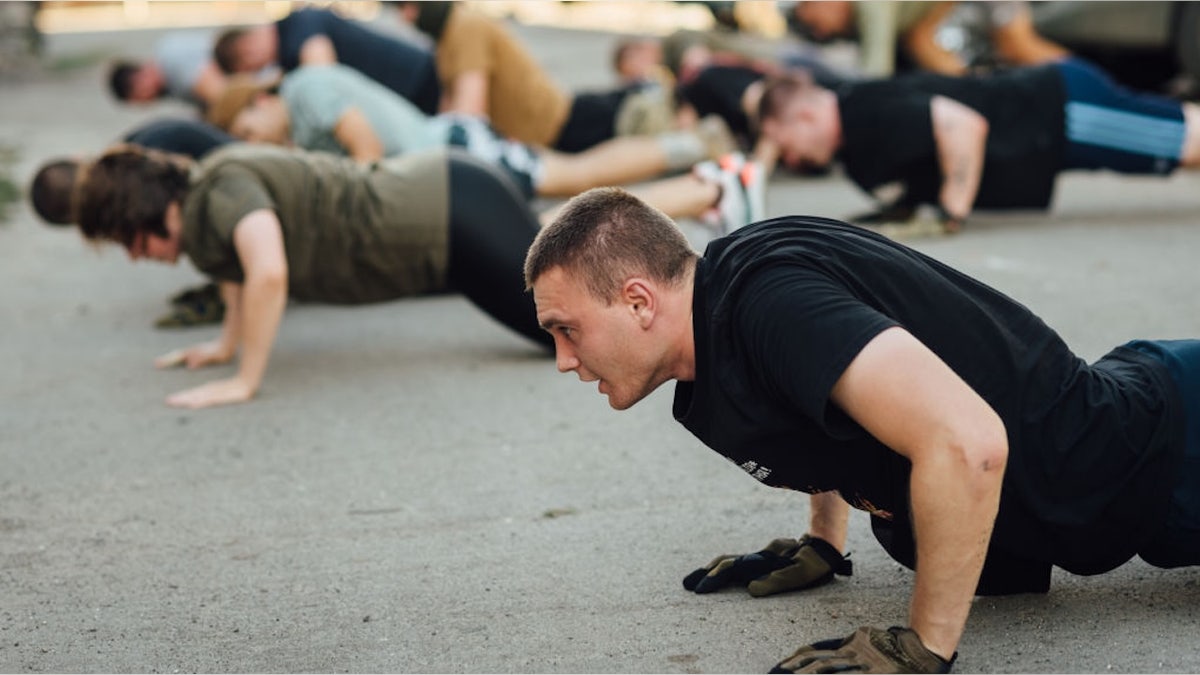
Recruits undergo physical training in the training center of The Third Separate Assault Brigade on September 14, 2024, in Dnipro, Ukraine. (Getty Images)
Scoring requirements are more demanding for the new test, with soldiers in combat roles held to the highest standards.
“Combat standards are sex-neutral for the 21 direct combat roles, a change designed to ensure fairness and operational readiness,” the release states.
5 components of the test
The AFT consists of the following five events, as described on the Army’s website.
1. Three-repetition maximum deadlift
In this challenge, the soldier must lift the maximum weight possible three times using a 60-pound hex bar and plates.
This move assesses muscular strength, balance and flexibility.
“It’s doable — but only with smart, progressive training.”
“Deadlifts require a person to recruit glute and hamstring strength in order to lift a barbell off the ground to waist height,” said Miles Hill, a certified personal trainer and boxing instructor at Rumble in New York City. “It is the most effective technique for picking heavy weights off the ground.”
The deadlift can also be dangerous for civilians if they use improper form, warned Dr. Hooman Melamed, an orthopedic spine surgeon and sport medicine expert from Beverly Hills.

Army soldiers must complete a timed two-mile run on a flat outdoor course in a test of aerobic endurance. (iStock)
“If your posture or form is off, the risk to your lower back and hips is high — it could be a career-ending injury for some,” he told Fox News Digital.
2. Hand-release push-up
The soldier must complete as many hand-release push-ups as possible in two minutes, using proper technique.
“Hand release push-ups require a person to drop all the way to the ground, lift their hands in the air for a second, and then push themselves back up to high plank,” said Hill, who is also a second-degree black belt in Taekwondo.
NYPD DETECTIVE SHARES GRUELING WORKOUTS TO MOTIVATE COPS TO GET IN SHAPE
Melamed noted that while hand-release push-ups are great for building upper body strength, if the person is not already strong, the sudden force can damage the shoulders.
The hand-release push-up tests muscular endurance and flexibility.
3. Sprint-drag-carry
With the sprint-drag-carry (SDC), the soldier is tasked with completing five 50-meter shuttles (sprint, drag, lateral, carry, sprint) as quickly as possible, using two 40-pound kettlebells and a 90-pound sled.
“The sprint-drag-carry is probably the toughest sequence here, since it requires explosive strength, muscular endurance and cardiovascular endurance,” Hill said.

“Combat standards are sex-neutral for the 21 direct combat roles, a change designed to ensure fairness and operational readiness,” the Army’s release states. (Cecilie_Arcurs)
Melamed calls the SDC a “brutal test of speed and explosive power.”
“If you’re not conditioned, tearing a hamstring or pulling something mid-run can happen,” he said.
4. Plank
The soldier must maintain a proper plank position for as long as possible, testing muscular endurance and balance.
“A plank is an ultimate test of core strength and endurance, as it requires a person to hold their body weight for as long as they can,” said Hill. “It can be challenging, but it is the time requirement that determines the challenge.”
CRUNCHES BY AGE: HERE’S HOW MANY YOU SHOULD BE ABLE TO DO
Melamed noted that while this move looks simple, holding a proper plank for time is extremely challenging. “It exposes weaknesses in the back, core and shoulder girdle.”
5. Two-mile run
The soldier must complete a timed two-mile run on a flat outdoor course in a test of aerobic endurance.
“Two-mile runs are relatively easy for any able-bodied human — however, the time constraints are what makes it challenging,” Hill said.
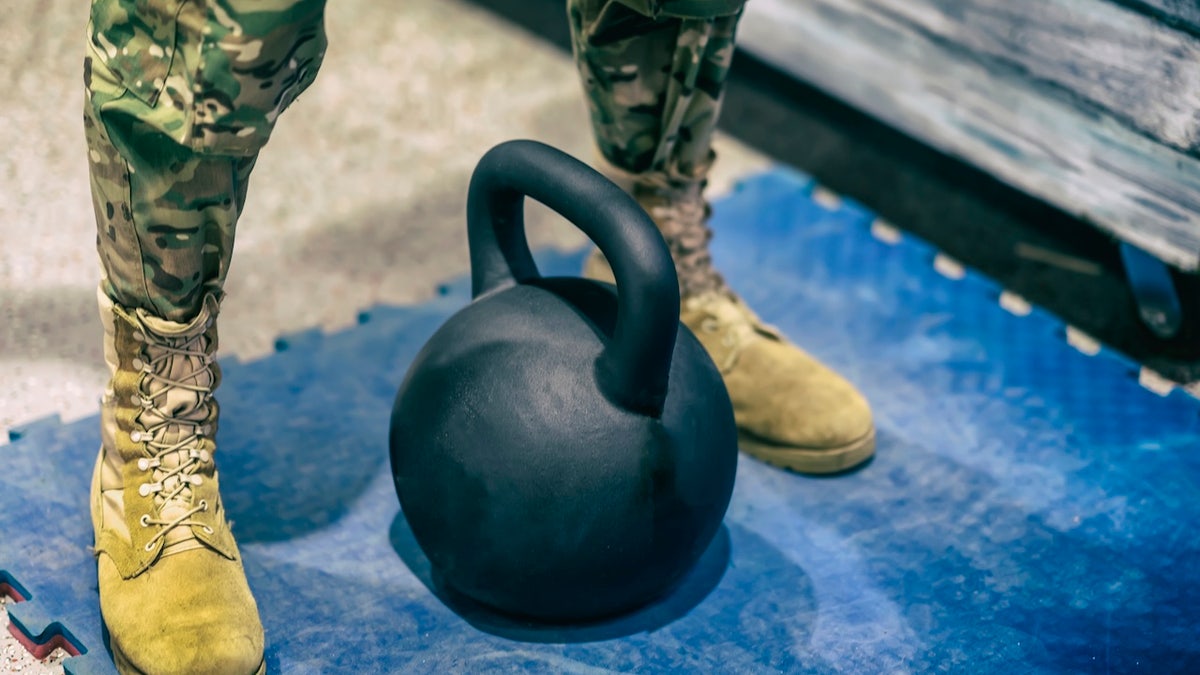
With the sprint-drag-carry (SDC), the soldier is tasked with completing five 50-meter shuttles (sprint, drag, lateral, carry, sprint) as quickly as possible, using two 40-pound kettlebells and a 90-pound sled. (iStock)
The standing power throw event, which was part of the previous version of the test, is no longer included as a requirement.
“We eliminated the standing power throw because it wasn’t effectively promoting fitness and readiness as well as we would like,” Mullinax said.
“Furthermore, it presented an elevated risk of overuse injury and encouraged soldiers to focus on technique rather than demonstrating true power.”
How tough is it?
The toughness of a workout or fitness test is relative to the overall fitness of an individual, according to Dr. Jason Perry, M.D., primary care sports medicine physician with Baptist Health Orthopedic Care in Deerfield Beach, Florida.
STAY FIT IN YOUR 40S AND BEYOND WITH THESE SMART WORKOUT TIPS
“Generally speaking, the AFT is challenging, but not impossible for the average person with a basic fitness foundation,” Perry, who is unaffiliated with the Army, told Fox News Digital.
“It’s designed to test full-body strength, muscular endurance, speed, agility and cardiovascular stamina — all elements essential for combat readiness, but also relevant to functional fitness for civilians.”
Compared to a typical gym workout, the AFT is more demanding because it combines different physical domains into one test, he said.
“Compared to elite athletic training, it’s moderate — but not easy,” Perry added.

In the three-repetition maximum deadliftIn this challenge, the soldier must lift the maximum weight possible three times using a 60-pound hex bar and plates. (iStock)
For civilians who regularly strength train, run or do functional workouts (like CrossFit or HIIT), this test is well within reach, he said.
For a civilian who exercises three to four times a week, the AFT is “realistically achievable” with focused training over an eight- to 12-week period.
CLICK HERE TO SIGN UP FOR OUR HEALTH NEWSLETTER
“About 30 to 50% of healthy, recreationally active adults could likely pass it with little to moderate training,” he predicted. “Sedentary adults or those with chronic conditions would have a harder time and would likely need a focused eight- to 12-week (or possibly longer) conditioning plan to pass.”
Melamed wasn’t quite as optimistic, estimating that less than 5% of civilians could pass the AFT.
“If you try this unprepared, you could get seriously hurt.”
“These aren’t weekend-warrior workouts — this is military-level conditioning,” he told Fox News Digital. “You have to work your way up to this level of intensity training.”
The expert also noted that there is a mental component to the test, but said mindset alone isn’t enough.
For more Health articles, visit www.foxnews.com/health
“If you try this unprepared, you could get seriously hurt,” he cautioned. “It’s doable — but only with smart, progressive training. You have to work up to it gradually.”
“And this test is as much about strategy and recovery as it is about raw strength.”
Health
Big Mac Salad For Weight Loss: How to Get The Benefis | Woman's World
Use left and right arrow keys to navigate between menu items.
Use escape to exit the menu.
Sign Up
Create a free account to access exclusive content, play games, solve puzzles, test your pop-culture knowledge and receive special offers.
Already have an account? Login
-

 Culture1 week ago
Culture1 week agoBook Review: ‘Original Sin,’ by Jake Tapper and Alex Thompson
-

 News1 week ago
News1 week agoAs Harvard Battles Trump, Its President Will Take a 25% Pay Cut
-

 Education1 week ago
Education1 week agoVideo: Opinion | We Study Fascism, and We’re Leaving the U.S.
-

 Technology1 week ago
Technology1 week agoLove, Death, and Robots keeps a good thing going in volume 4
-

 News1 week ago
News1 week agoMenendez Brothers Resentenced to Life With Parole, Paving Way for Freedom
-

 Education1 week ago
Education1 week agoA $5 Billion Federal School Voucher Proposal Advances in Congress
-

 Technology1 week ago
Technology1 week agoMeta’s beef with the press flares at its antitrust trial
-

 Politics1 week ago
Politics1 week agoRepublicans say they're 'out of the loop' on Trump's $400M Qatari plane deal














